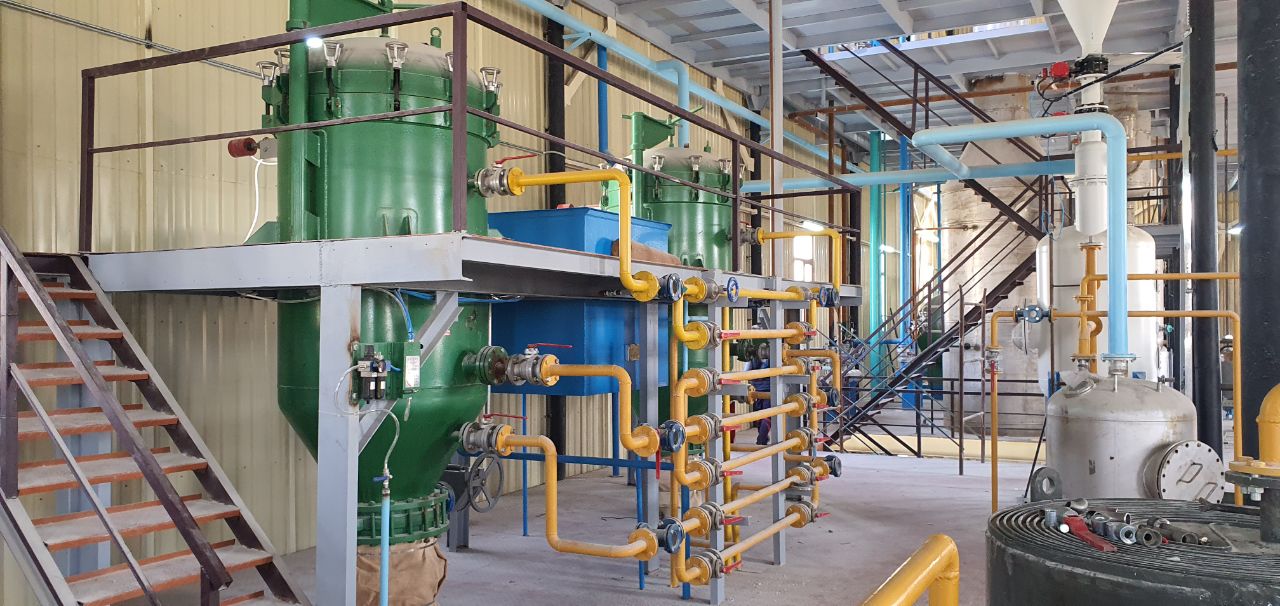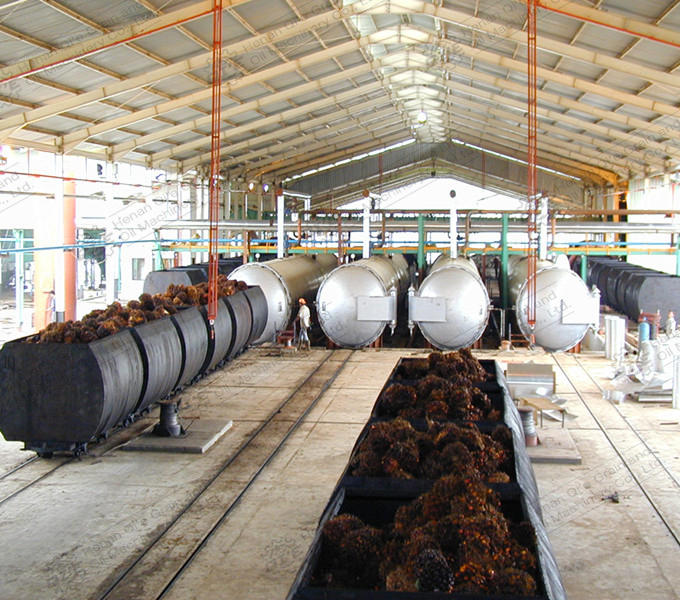
In the realm of high - end sesame oil production, supercritical CO₂ extraction technology is emerging as a new driving force. This article offers a comprehensive analysis of its application in sesame oil extraction, aiming to enhance the quality and export competitiveness of sesame oil products.
Supercritical CO₂ refers to carbon dioxide that is maintained at a temperature and pressure above its critical point. In this state, CO₂ exhibits properties of both a gas and a liquid, making it an ideal solvent for extraction. For sesame oil, supercritical CO₂ is highly suitable because it can penetrate the sesame seeds effectively, dissolving the oil components without leaving any solvent residues.

Temperature plays a crucial role in the supercritical CO₂ extraction of sesame oil. Generally, a higher temperature can increase the solubility of oil in supercritical CO₂, leading to a higher extraction rate. However, excessive temperature may cause the degradation of some heat - sensitive nutrients in sesame oil. For example, when the temperature is around 40 - 50°C, it can balance the extraction rate and the preservation of nutrients.
Pressure affects the density of supercritical CO₂. Higher pressure means higher density, which can enhance the extraction efficiency. In practice, a pressure of 20 - 30 MPa can achieve a relatively high oil - yield rate. But increasing the pressure also means higher equipment requirements and energy consumption.
The extraction time is also an important factor. Longer extraction time usually leads to higher oil - yield, but it may also increase the cost. Research shows that an extraction time of 2 - 3 hours can reach a satisfactory oil - yield and nutrient retention level.
Let's take a sesame oil production enterprise as an example. After adopting supercritical CO₂ extraction technology, the oil - yield rate increased by 10% compared with the traditional pressing method, and the content of sesamin, a key nutrient in sesame oil, increased by 15%. The oil also had a purer flavor and no solvent residues.
| Method | Cost | Environmental Friendliness | Quality |
|---|---|---|---|
| Pressing Method | Low equipment cost, but low oil - yield | Highly environmentally friendly | Good flavor, but may contain impurities |
| Solvent Method | Low cost, high oil - yield | May cause environmental pollution due to solvent residues | Good oil - yield, but may have solvent residues |
| Supercritical CO₂ Method | Higher initial investment, but long - term cost - effective | Highly environmentally friendly, no solvent residues | High - purity, low - temperature flavor retention, high nutrient content |

With the increasing emphasis on environmental protection and the demand for high - quality food products, the supercritical CO₂ extraction technology for sesame oil is expected to have a broad market prospect. Moreover, government policies are also driving the development of green and sustainable food processing technologies. For example, some countries offer subsidies for enterprises adopting environmentally friendly production methods.
One common misunderstanding is that the investment in supercritical CO₂ extraction equipment is too large and not worth it. In fact, although the initial investment is relatively high, in the long run, the cost - effectiveness is very high due to the high oil - yield, high - quality products, and low environmental treatment costs. Another misunderstanding is that the technology is too complex to operate. In reality, with the development of technology, the operation of supercritical CO₂ extraction equipment has become more and more user - friendly.

Are you interested in the application of supercritical CO₂ technology in sesame oil extraction? Do you want to know more about how to optimize the process parameters? Leave your comments below! We'd love to hear from you.
To learn more about the technical details of supercritical CO₂ extraction in sesame oil production, please visit our technical white - paper section.

